This project can also be found at https://www.instructables.com/id/Multichannel-Wireless-Light-Dimmer/
Save Energy Beautifully !!
By using a light dimmer in one’s living room, it’s possible to completely alter the mood and ambience of a room at the drop of a hat.
The
Internet of Things is set to disrupt the way we live and work. Smart
homes filled with connected products are loaded with possibilities to
make our lives easier, more convenient, and more comfortable.
With Wi-Fi connectivity present in the dimming controller, the above benefits get reflected in this module. However, this actually carries with it a host of less obvious but equally favorable benefits such as reduced energy consumption and improved longevity - longer the bulbs are dimmed, lesser the energy they use and longer they last.
This project aims to
● Control the intensity of the dimmable lighting appliances via a trailing edge dimmer.
● Provide the user , ability to control lightsindependently and wirelessly over the Wi-Fi network and the Internet!
Project Demo:
Specifications
- 2 channel dimmer module for indoor lighting applications (# channels can be easily expanded as per need)
- Can be easily setup in Trailing Edge/Leading Edge configuration with some small variations in the software,hardware remains the same!!
- Rating: 200 W/channel
- No minimum load on any channel (True 3 wire dimmer!!)
- Wireless control via Wifi (Uses the popular NodeMCU module)
- Web Interface for controlling dimmer settings
- Can be controlled from any device with browser support (Chrome, Firefox)
- Supports OTA(Over the air programming) for software updates
Nice..,isn't it you too can make one for yourselves!!,I have spent a few months understanding and making this dimmer module.
You will find all the source files,step by step instructions and things I experienced while making this project compiled in this instructable.
I hope you would learn a lot and enjoy as you proceed further!!
Understanding Light Dimmers
There are two main categories of traditional AC dimmers (also known as 'phase-cut' dimmers)
- Leading Edge Dimmers
- Trailing Edge Dimmers
These vary the brightness of the lighting appliance by varying the rms voltage applied to the load.
This design uses a Trailing Edge Dimmer
They provide a 'soft start', increasing the voltage to the lamp relatively slowly.
With
incandescent lamps, this almost eliminates 'thermal shock' - that brief
period at switch-on where the lamp draws around 10 times the normal
operating current.
By including the soft-start feature lamp life is increased, but it doesn't help CFLs or LED lamps much.
Trailing edge dimmers commonly use a MOSFET, as these require almost no control current and are rugged and reliable.
Another option is to use an IGBT (insulated gate bipolar transistor), which combines the advantages of both MOSFET and bipolar transistor. These are generally more expensive than MOSFETs.
Schematic:
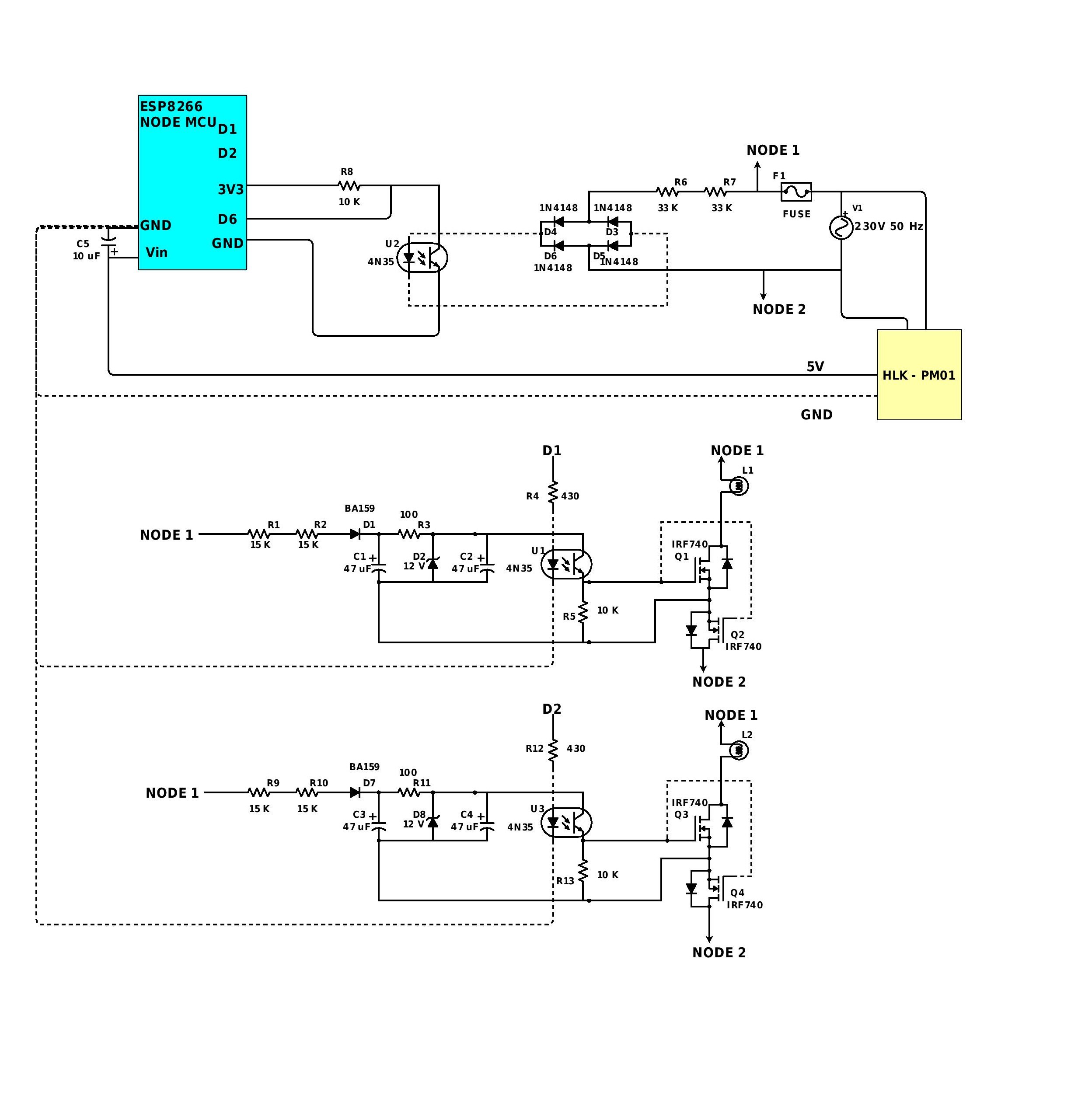
Each subsection of the schematic has been explained in detail further.
Zero Crossing Detection Unit:
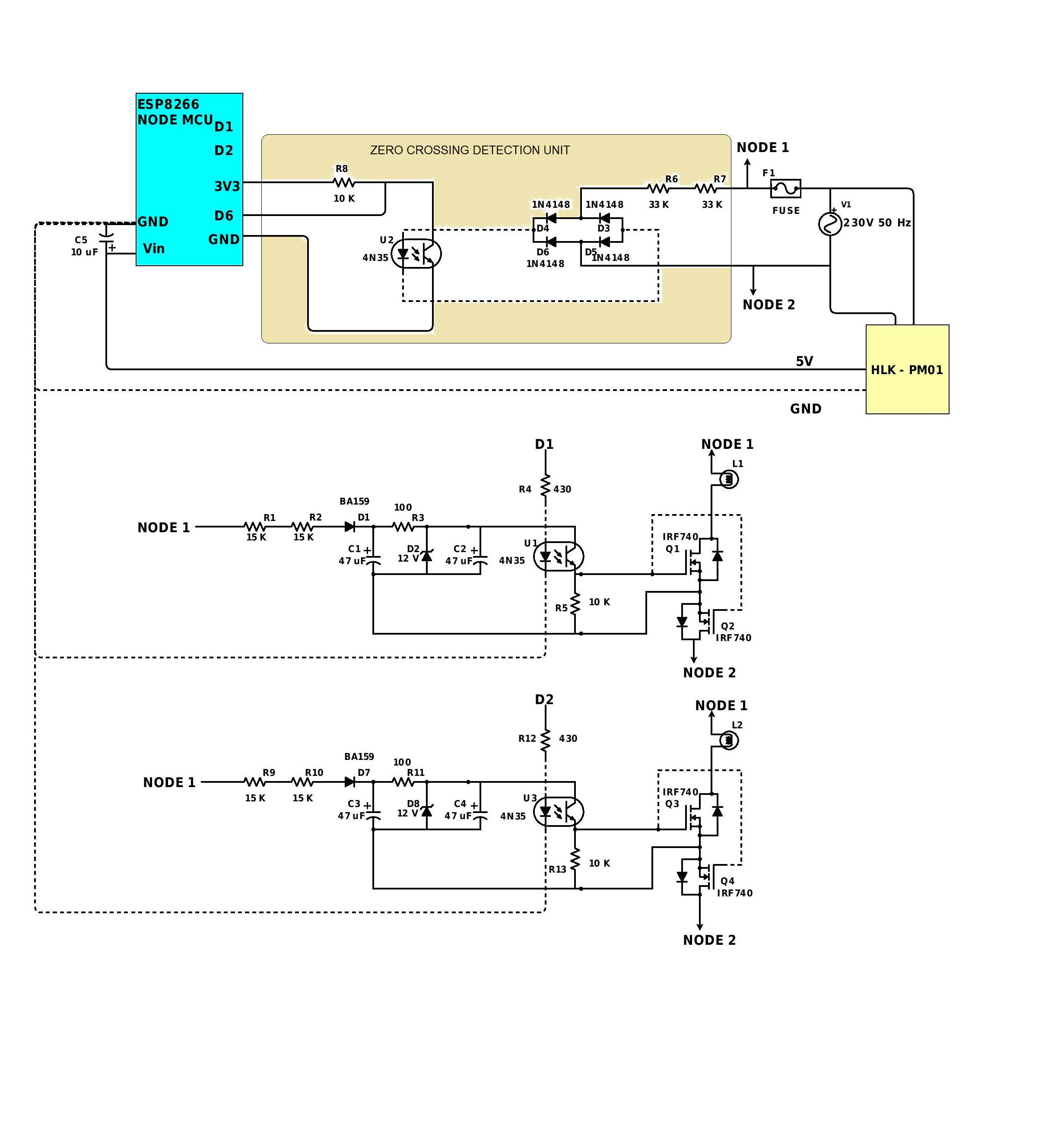
- Diodes D3,D4,D5,D6 form a bridge rectifier.
- U2 is an optocoupler(4N35), and its LED is powered via R6 and R7, and then from the bridge rectifier.
- The interrupt signal is provided to NodeMCU via pin D6.
- R8 is a pull-up resistor.
- The zero crossing detector, gives a negative-going pulse when the mains voltage is close to zero.
- This is used to synchronize the mcu to the mains, and is really the heart of the circuit.
- A series string of 33K resistors is used instead of 66K resistor to divide the total of 1W power dissipation.
12V DC Supply:
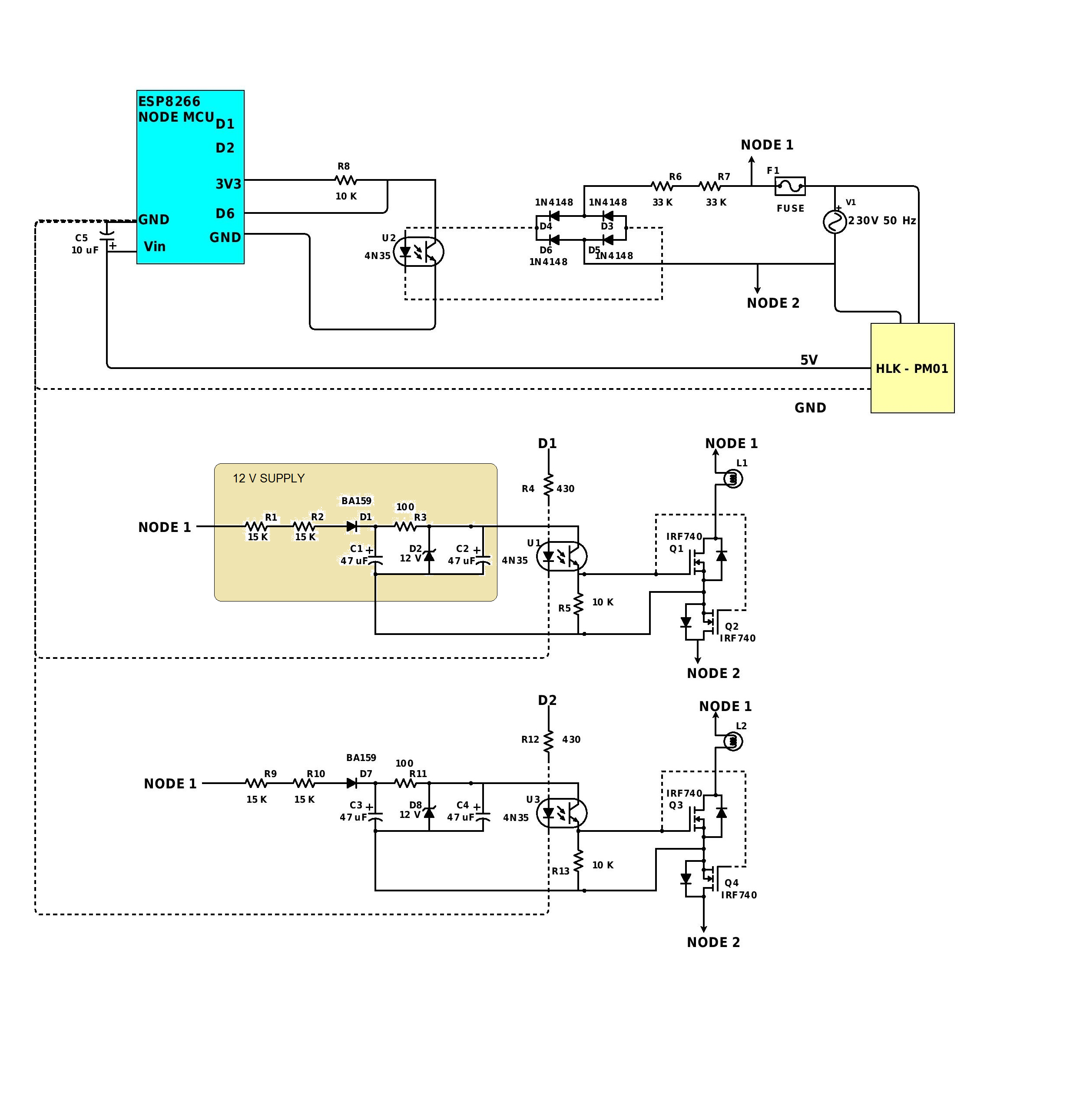
To minimize the switching losses in the mosfet IRF740, the gate control signal from the mcu is scaled to 12V.
Note: Each Channel needs it’s own dc supply.
- A Fast switching diode BA159 is used to rectify the AC input.
- D2 is a 12V zener diode
MOSFET Driver:
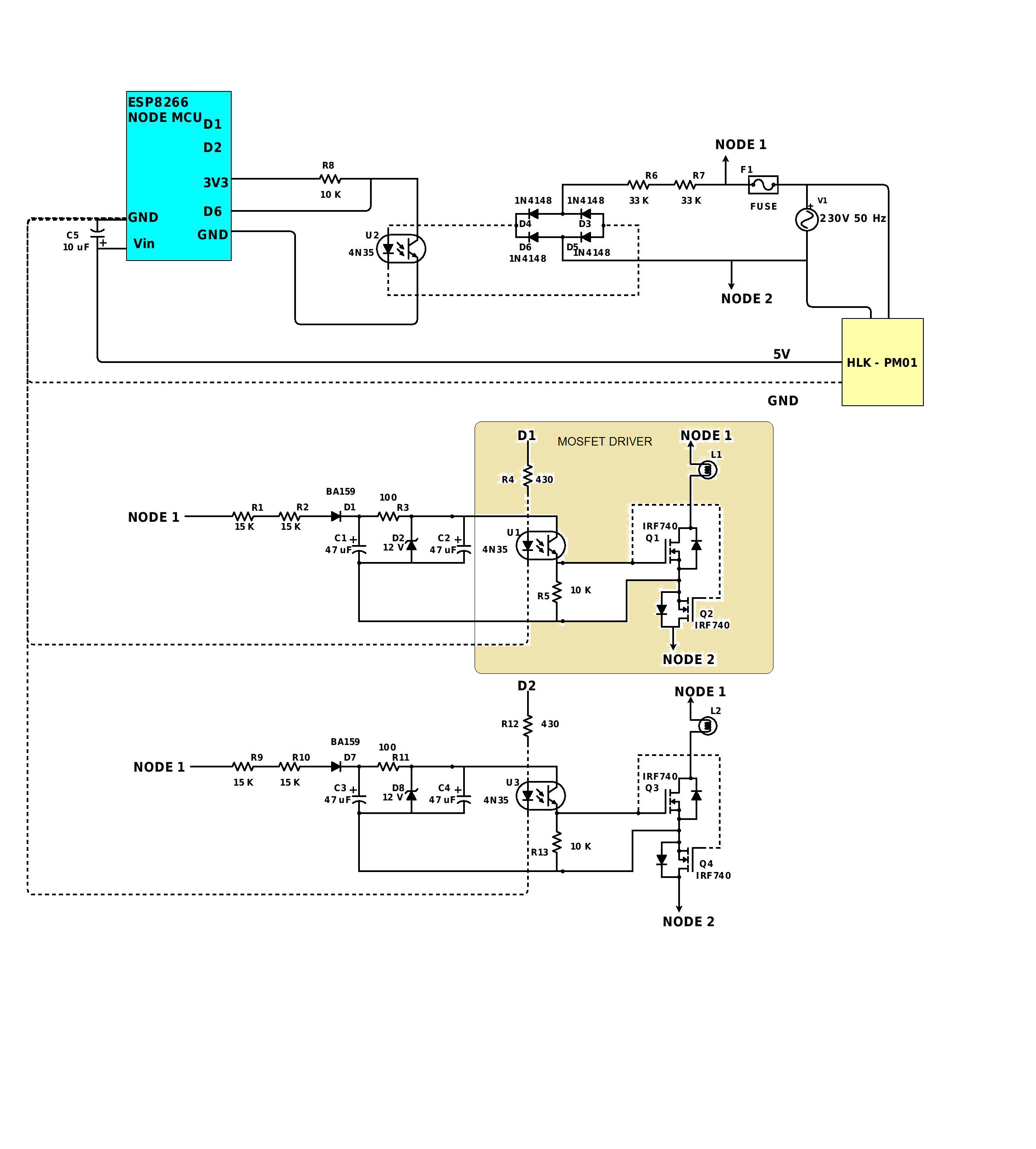
- The AC switch is formed by two N-Mosfets in a series configuration
- 4N35 IC provides the necessary isolation from the mains
- The control signals from the MCU are fed to the optocouplers U1,U3
DC ...
Read more »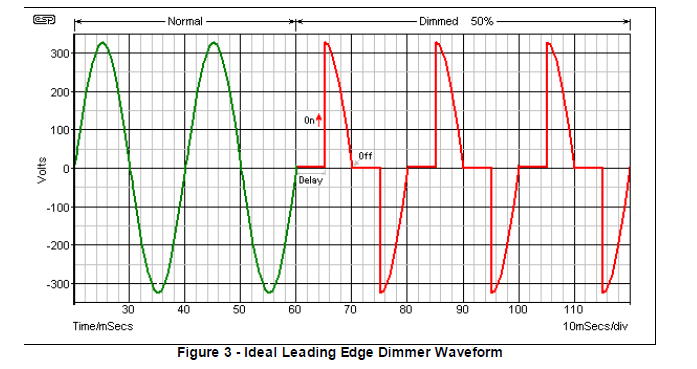
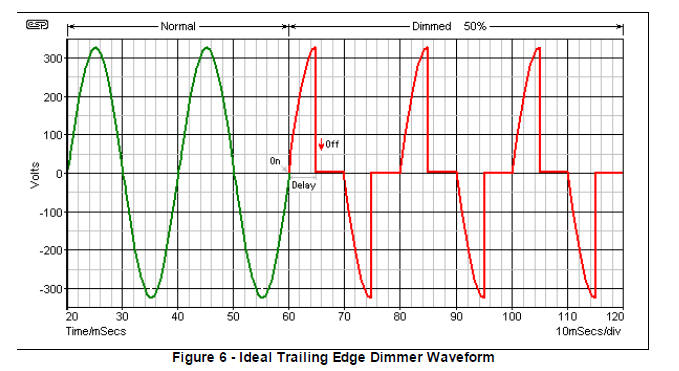
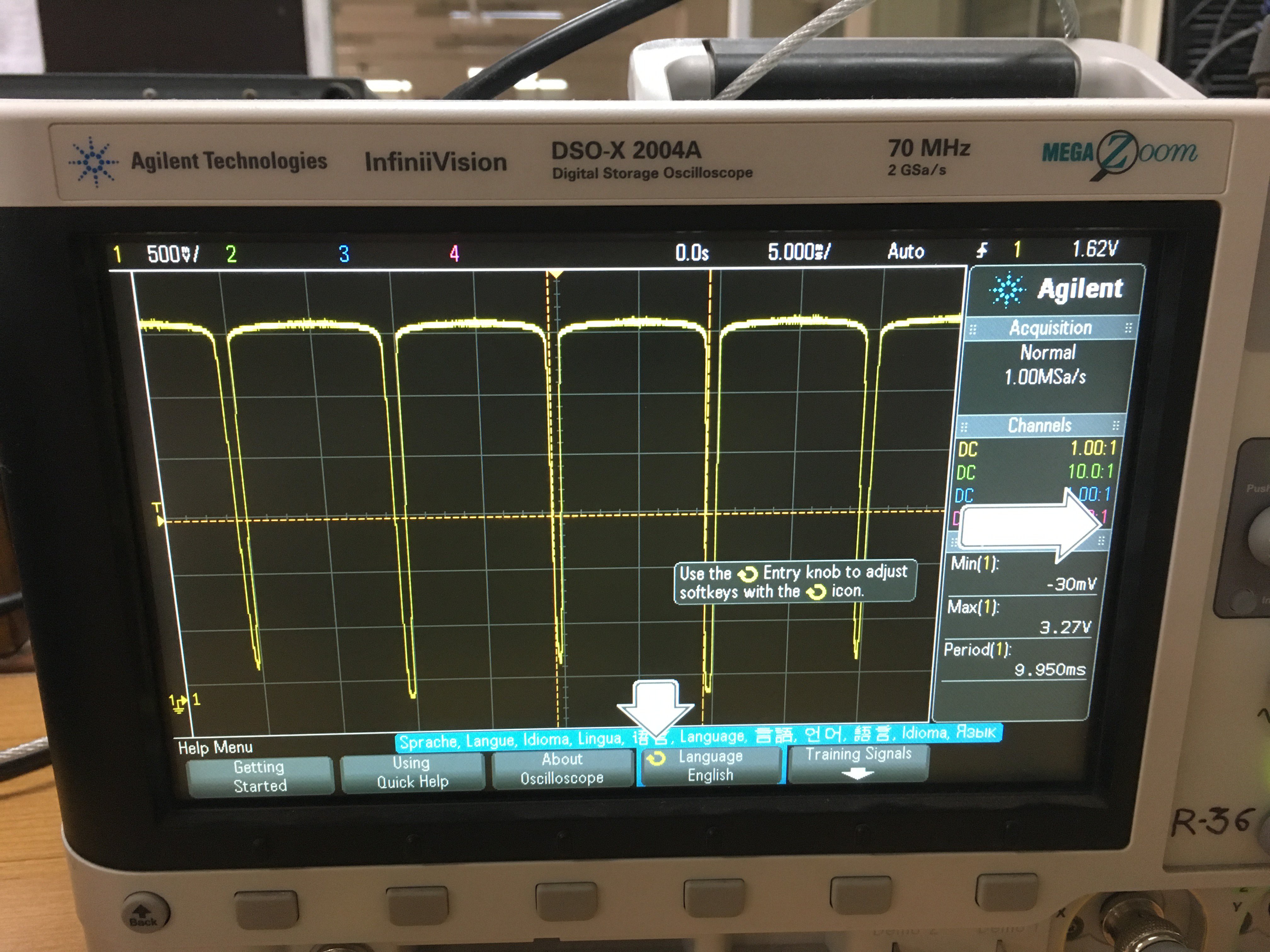
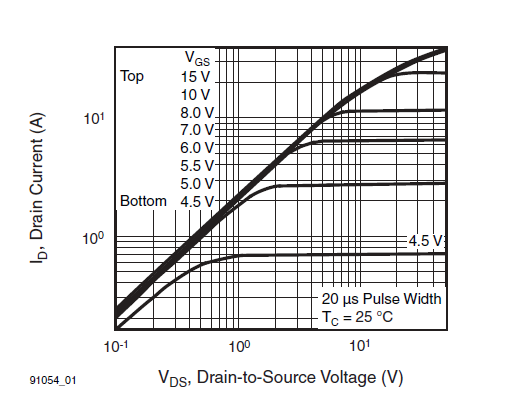

Could you expand on why controlling IRF740s with 12V reduces their switching losses? Why does each channel need its own power supply?